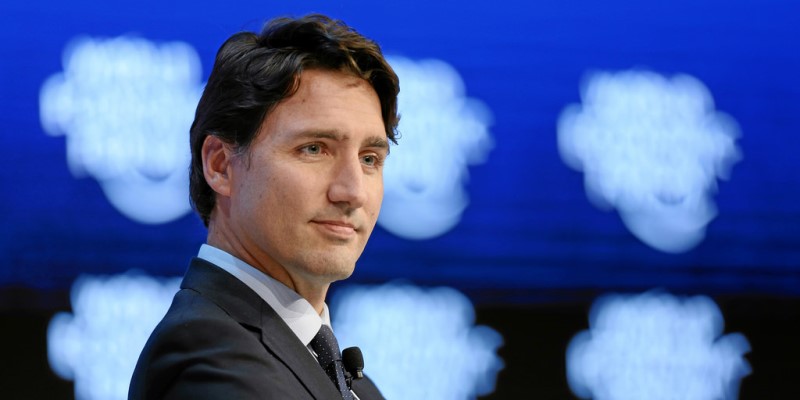Trudeau policies—an economically dangerous déjà vu

Increasing taxes, skyrocketing government debt, expanding regulations, soaring inflation and rising interest rates. You may think we’re describing Canada today, but in fact these were the policy decisions and circumstances that defined Pierre Trudeau’s tenure as prime minister in the 1970s and early 1980s, which eventually culminated in a near crisis. Unfortunately, Prime Minister Justin Trudeau is repeating his father’s mistakes.
For starters, the Trudeaus share a proclivity for deficit-financed spending.
With new and expanded programs, Pierre Trudeau increased spending (excluding interest costs and adjusted for inflation) from $4,195 per person in 1967 (the year prior to his first term as prime minister) to $7,474 per person in 1984 when he left office. By spending significantly more than the government collected in revenue, Pierre Trudeau recorded a budget deficit every year excluding a small surplus in 1969-70. Total federal debt (inflation-adjusted) grew from $262 billion in 1967 to $700 billion in 1984—an increase of 167 per cent.
Similarly, Justin Trudeau has expanded the scope and role of the federal government. Per-person (inflation-adjusted) program spending increased from $7,981 per-person in 2014 (the year prior to his election) to an estimated $11,361 per-person in 2021 (excluding COVID-related measures)—the second highest level on record. Notably, Justin Trudeau recorded the highest levels of per-person (inflation-adjusted) spending to-date in 2018, 2019 and 2020. Similar to his father’s tenure, borrowing financed much of Justin Trudeau’s new spending. Indeed, Justin Trudeau has recorded a deficit every year since taking office while total federal debt (inflation-adjusted) has grown from $1.2 trillion in 2014 to $1.9 trillion in 2021—an increase of 51 per cent.
In both cases, higher spending by Ottawa accompanied by an expanded money supply led to increasing rates of inflation. For Pierre Trudeau, inflation reached more than 12 per cent by 1981. It took double-digit interest rates—which triggered a recession—to eventually break the Pierre Trudeau-era inflation and begin returning to price stability.
Under Justin Trudeau, inflation has surged to 8.1 per cent, the largest year-over-year increase since the early 1980s under his father’s government. In the past four months, the Bank of Canada increased its key interest rate by 1.25 percentage points and sold significant holdings of government debt in an effort to reduce inflation. Moreover, the bank has clearly signalled more tightening will continue until inflation is brought under control, adding to the risk of a recession, which RBC is already forecasting for 2023.
Changes in taxes now similarly impair the economy as they did under Pierre Trudeau. Both Trudeaus introduced changes that hampered Canada’s investment climate and competitiveness. In 1972, Pierre Trudeau introduced a tax on capital gains tied to personal income tax rates. Capital gains taxes—which apply to the sale of assets (such as a business or investment) when the sale price exceeds the original purchase price—are found to be among the most economically damaging taxes. Similarly, Justin Trudeau raised the top marginal income tax rate on entrepreneurs, professionals and businessowners from 29 per cent to 33 per cent, with more economically damaging tax hikes on the horizon.
Finally, both Trudeaus made a concerted effort to curtail the western-based oil and gas sector, which has heightened regional tensions. Pierre Trudeau introduced the National Energy Program, which sought to maintain domestic oil and gas prices below the international market price and tax more profits from the sector, creating animosity and distrust of Ottawa, particularly in Alberta. Justin Trudeau introduced a national carbon tax, a cap on greenhouse gas emission that only applies to the oil and gas sector, and other regulations (namely, Bill C-69 and Bill C-48) that further constrain energy development. These policies have sparked significant animosity in the West, to the point that a “Fair Deal Panel” was appointed to review Alberta’s role in the federation.
The last decade or so of Pierre Trudeau’s reign as prime minister was defined by high inflation, slower real economic growth and heightened regional tensions. Unfortunately for Canadians, the father’s unsound policies that the son has followed are producing the same results.
Authors:
Subscribe to the Fraser Institute
Get the latest news from the Fraser Institute on the latest research studies, news and events.


